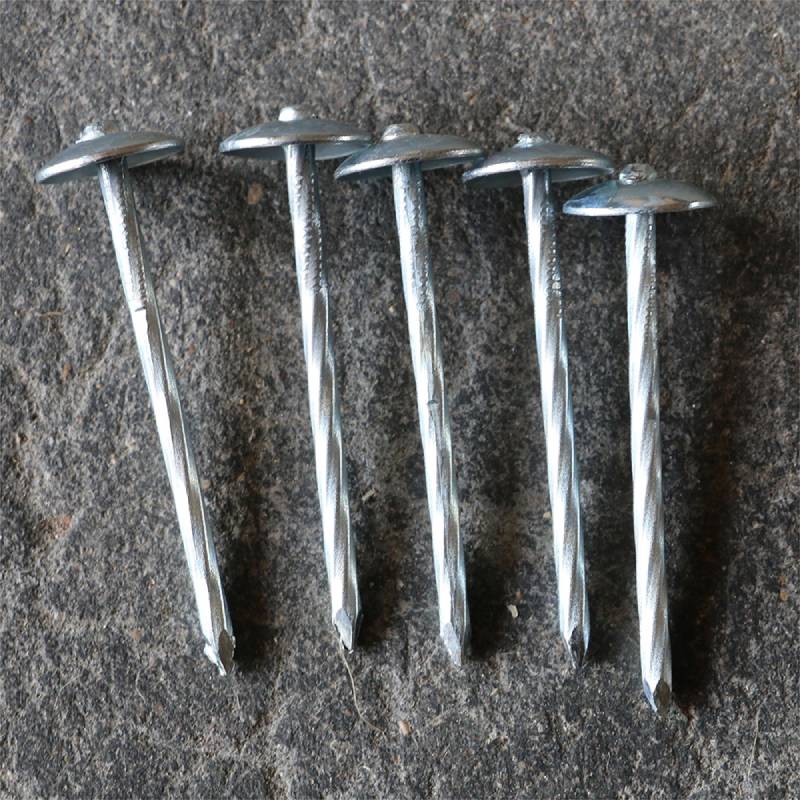chain fence repair
Chain Fence Repair Keeping Your Property Secure and Aesthetically Pleasing
When it comes to securing your property, a chain-link fence can be an effective solution. Known for its durability and versatility, a chain-link fence serves not only as a physical barrier but also as a visible boundary that enhances the aesthetic appeal of your premises. However, over time, these fences can suffer from wear and tear, leading to the need for timely repair. In this article, we will explore common issues associated with chain-link fences, steps for effective repair, and the importance of regular maintenance.
Common Issues with Chain-Link Fences
Chain-link fences are generally robust, but various factors can contribute to their deterioration. Some common problems include
1. Rust and Corrosion Exposure to the elements can lead to rust formation, especially if the protective coating on the chain-link fabric has worn off. 2. Bent or Damaged Links Heavy impacts from objects, animals, or natural events can cause individual links to bend or break, compromising the fence's integrity.
3. Loose Posts Over time, the concrete that supports fence posts can weaken, leading to instability. Loose posts can cause sections of the fence to lean or collapse.
4. Torn Fabric Accidental cuts or severe weather conditions can create tears in the fencing material, allowing unwanted entry.
Steps for Effective Chain Fence Repair
Repairing a chain-link fence may sound intimidating, but the process can be straightforward with the right approach. Here are step-by-step guidelines for addressing the common issues identified above
Step 1 Inspect the Fence
Begin by thoroughly inspecting the entire fence for any signs of damage. Look for rust spots, bent links, loose posts, or fabric tears. Taking note of the specific problems will help you determine the materials needed and the complexity of the repair tasks.
Step 2 Gather Necessary Tools and Materials
chain fence repair

Depending on the issues found, you may need various tools, such as pliers, wire cutters, gloves, a level, a sledgehammer, concrete mix, and replacement links or fabric. Ensure you have everything before you start to avoid interruptions.
Step 3 Repair Rust and Corrosion
For rusted areas, use a wire brush to scrub off the rust. After cleaning the surface, apply a rust-inhibiting paint to protect the metal. If the damage is extensive, consider replacing the affected sections with new material.
Step 4 Straighten Bent Links
For bent links, use a pair of pliers to carefully bend them back into shape. If some links are broken beyond repair, remove the damaged link using wire cutters, and replace it with a new one. This can often be done by connecting the new link to adjacent links using a connector.
Step 5 Fix Loose Posts
If you have identified loose posts, you will need to re-secure them. Start by digging around the post to remove the old concrete. Once the post is stable, pour new concrete into the hole and ensure the post is straight using a level before the concrete sets.
Step 6 Patch or Replace Damaged Fabric
For torn fabric, you can patch small cuts using a piece of wire mesh and looping it through the existing fabric. For larger tears, replacing the entire section of fabric might be necessary. To do this, cut the old fabric out and attach the new fabric using tension bands and tie wires securely.
Importance of Regular Maintenance
Preventive maintenance can go a long way in prolonging the life of your chain-link fence. Regularly inspect the fence for rust, tighten loose components, and promptly repair any damage you find. Additionally, applying a coat of protective paint can help stave off rust and keep your fence looking fresh.
In conclusion, while chain-link fences are built to last, neglect can lead to costly repairs down the line. By being proactive and performing regular maintenance, you can ensure that your fence remains an effective barrier for your property, protecting your space while maintaining its visual appeal. Whether tackling repairs yourself or seeking professional help, staying on top of issues will save you time and money in the long run.
-
Space-Saving Chain Fence Hacks Vertical Gardening with Cyclone MeshNewsJul.16,2025
-
Innovations in Iron Nail Wire Production for Modern ConstructionNewsJul.16,2025
-
Creative Uses of Wire Netting Fence in Modern Landscape DesignNewsJul.16,2025
-
Barbed Wire Fence Innovations in Anti-Climb TechnologyNewsJul.16,2025
-
Architectural Uses of Umbrella Nails for Aesthetic Roof DesignsNewsJul.16,2025
-
Architectural Uses of Razor Barbed Wire in Secure Urban DesignNewsJul.16,2025




